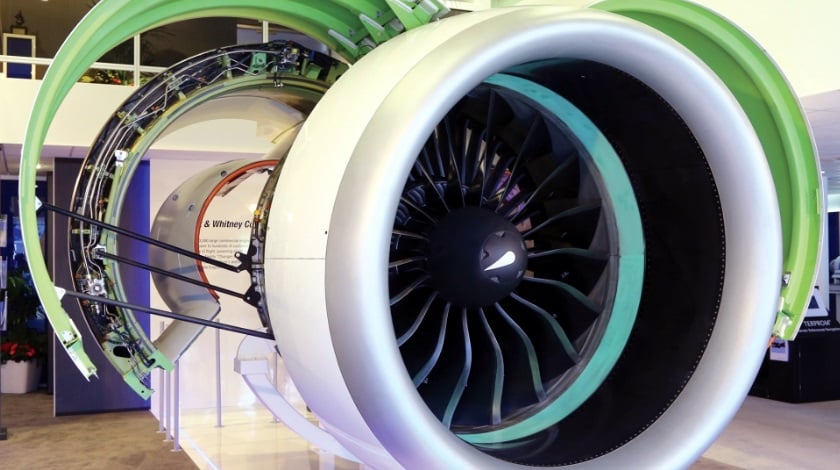Photo: ainonline.com
Reading Time: 3 minutesUTC’s Pratt & Whitney has suffered a fresh problem during testing of new aircraft engines for the Airbus A320neo, but flight trials of the latest version of Europe’s best-selling airliner are continuing, people familiar with the matter said.
The problem occurred when an oil pump failed after an engine had been deliberately shut down in flight and left to turn with the natural airflow, a process known as “windmilling” which is designed to ensure an aircraft can fly on only one engine.
“We found a bearing had seized within the main oil pump. We have never seen that anywhere in flight tests,” an industry executive with direct knowledge of the matter said, adding that such engines had been subjected to thousands of test runs.
Pratt & Whitney is carrying out an internal investigation into the problem which happened about two weeks ago. Early signs point to a manufacturing fault in the broken part, another person close to the matter said.
Airbus and Pratt & Whitney, a unit of United Technologies, confirmed the incident in response to queries from Reuters.
“These are the types of things you find in routine flight testing,” a Pratt & Whitney spokesman said.
“In this particular case, we haven’t seen it before but we study it carefully to make sure we understand the root cause because our objective is always for the engine to perform flawlessly.”
A spokeswoman for Airbus said the incident had “no impact on the overall flight test campaign”.
The aircraft involved is one of two A320neo models being used for testing and is still flying, Airbus said. The part that failed is made by Crane Co unit Crane Aerospace, the person familiar with the matter said. A spokesman for Connecticut-based Crane Co said both the Pratt engines and their Crane oil pumps were being tested according to “typically rigorous industry protocols.”
“As events occur during testing, we work with Pratt & Whitney to understand what happened,” he said by email.
Although described as routine, the latest snag comes as the revamped Airbus A320neo jetliner remains under scrutiny in the wake of earlier problems with its newly designed Pratt & Whitney Geared Turbofan engines.
Airbus missed an end-2015 target for first delivery after it was found the engines needed longer than usual to start properly.
The extra warm-up time creates problems for debut operator Lufthansa because of a shortage of space to taxi at Frankfurt airport, but has been reduced from five minutes to around two minutes, a source with the German pilots union said.
A part was redesigned and will be followed by a software fix in weeks, the head of Pratt & Whitney has said.
The engines also face a problem with engine software sending erroneous messages to the cockpit, adding workload before the plane can take off. In the worst case scenario, such problems could force airlines to use an extra pilot, two industry sources said. However, Pratt has said it will fix the problem by June.
Airbus is meanwhile repairing an A321neo variant powered by engines from Pratt’s competitor CFM International, which suffered a tail strike on one of its first flights this month.
The A321neo was making a steeper than normal descent in an exercise commonly used for safety testing, according to airport sources. Airbus says it should return to service within weeks.
The incident surprised some industry observers because the aircraft’s flight control system would usually prevent the tail scraping the runway. Airbus said the problem would not affect the timetable for flight testing and certification.
Qatar Airways last week threatened to cancel an order for Pratt & Whitney engines for the A320neo. Industry sources said such a move could trigger several months of further delays in delivering the jets, since the engines cannot easily be switched to CFM because each engine type uses different wing attachments.
Pratt & Whitney has said it is installing fixes on the engines ordered by Qatar Airways.

